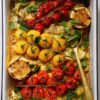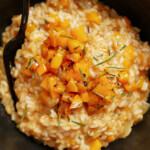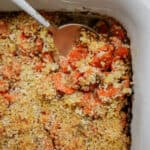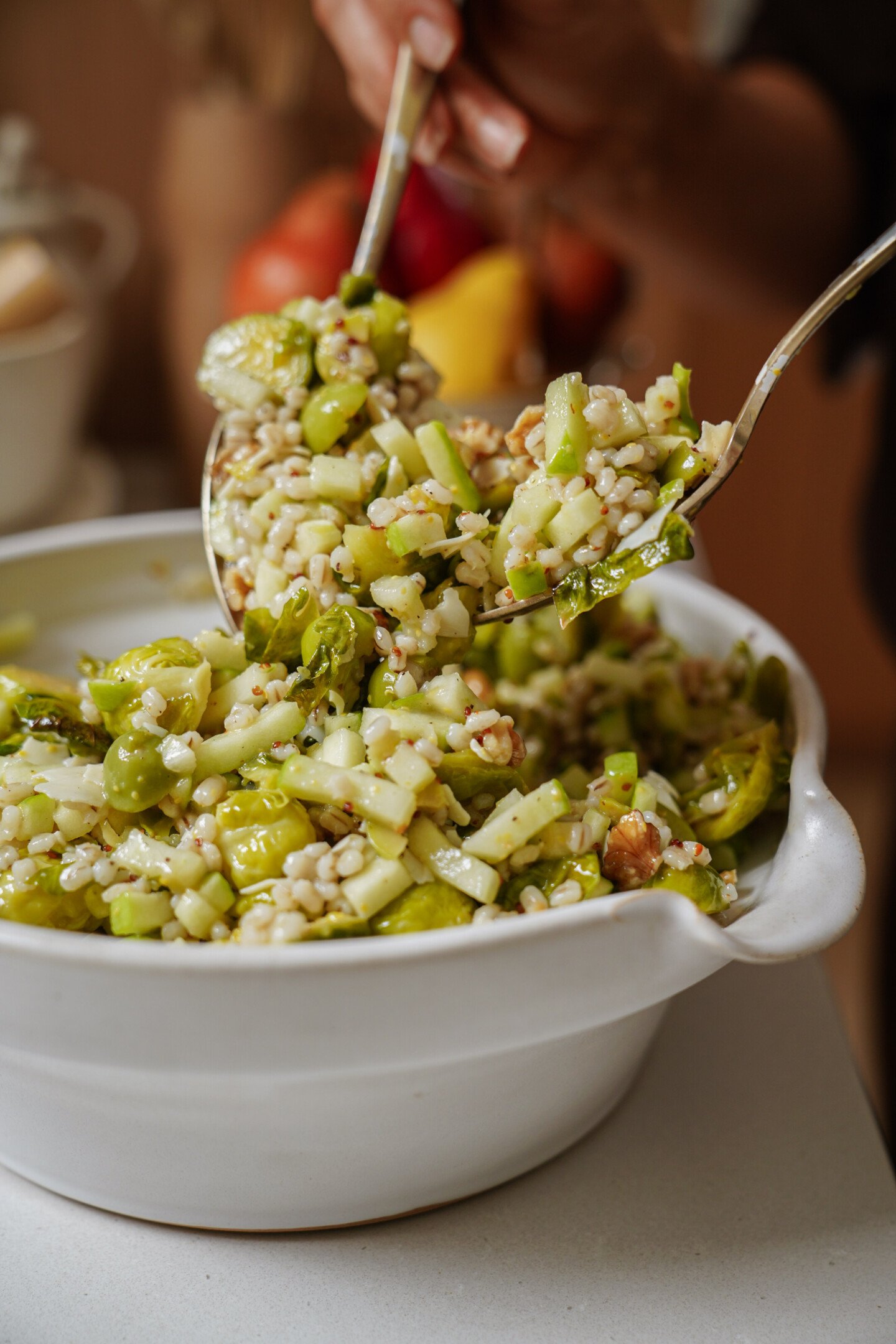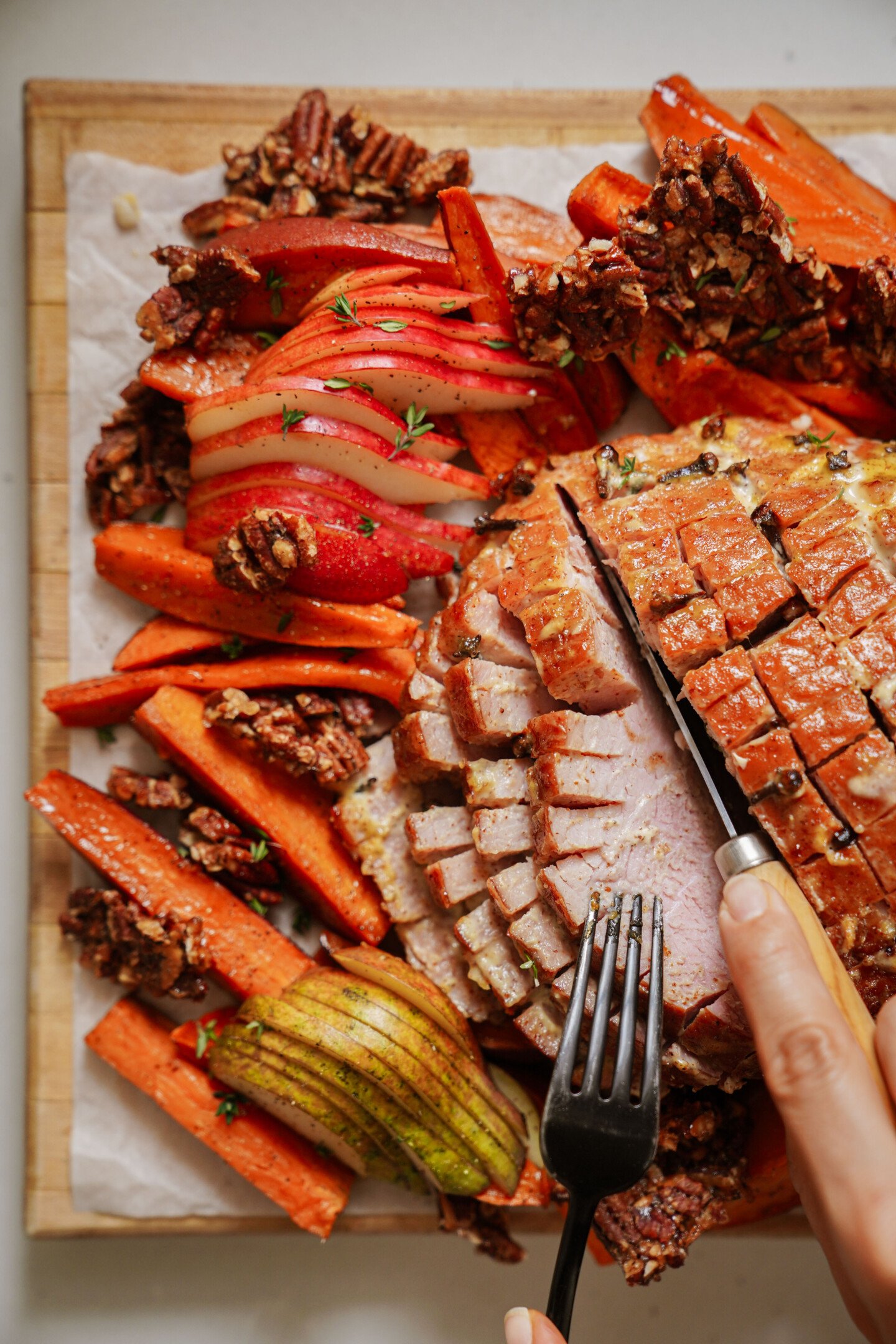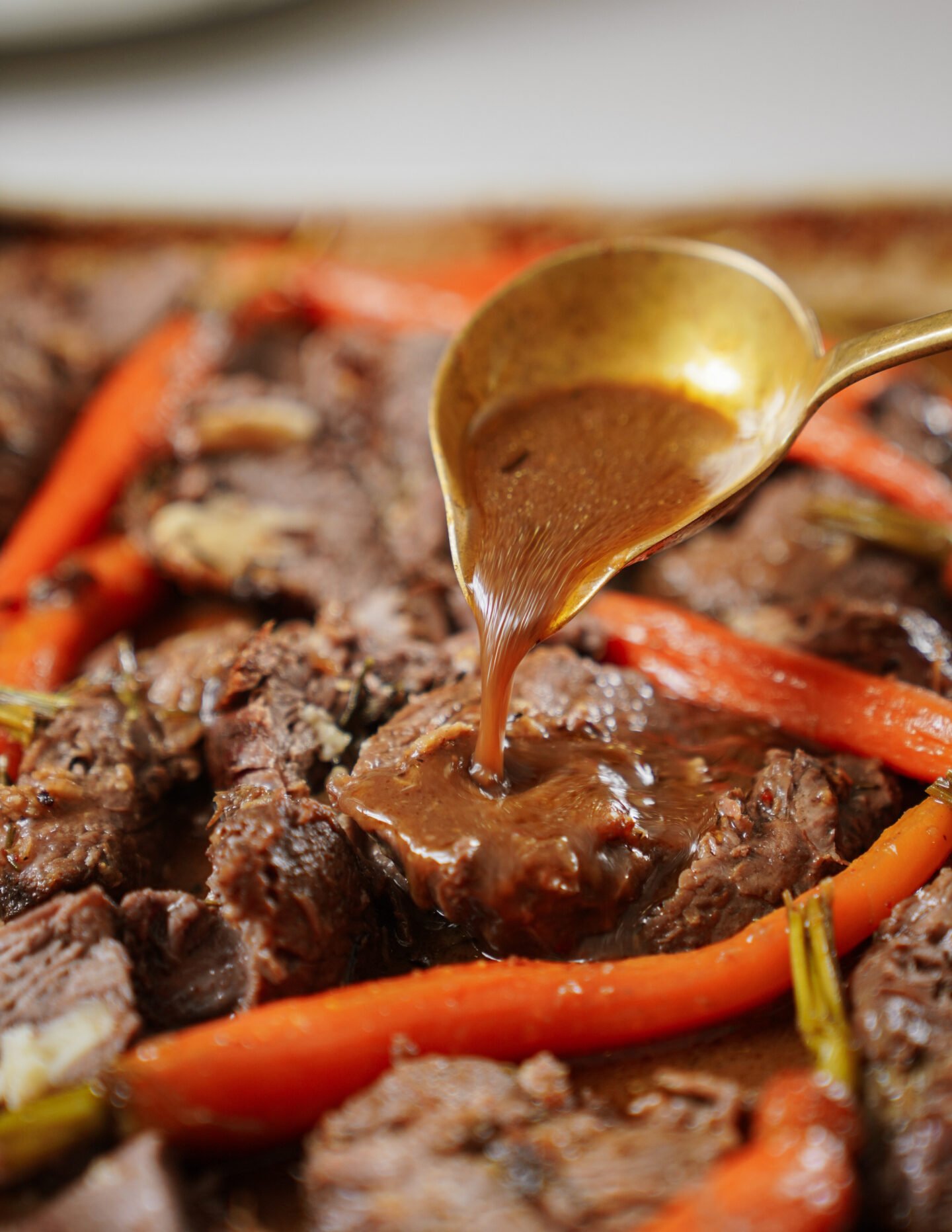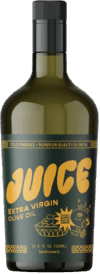Articles
Seasonal Greek Eating 🌱
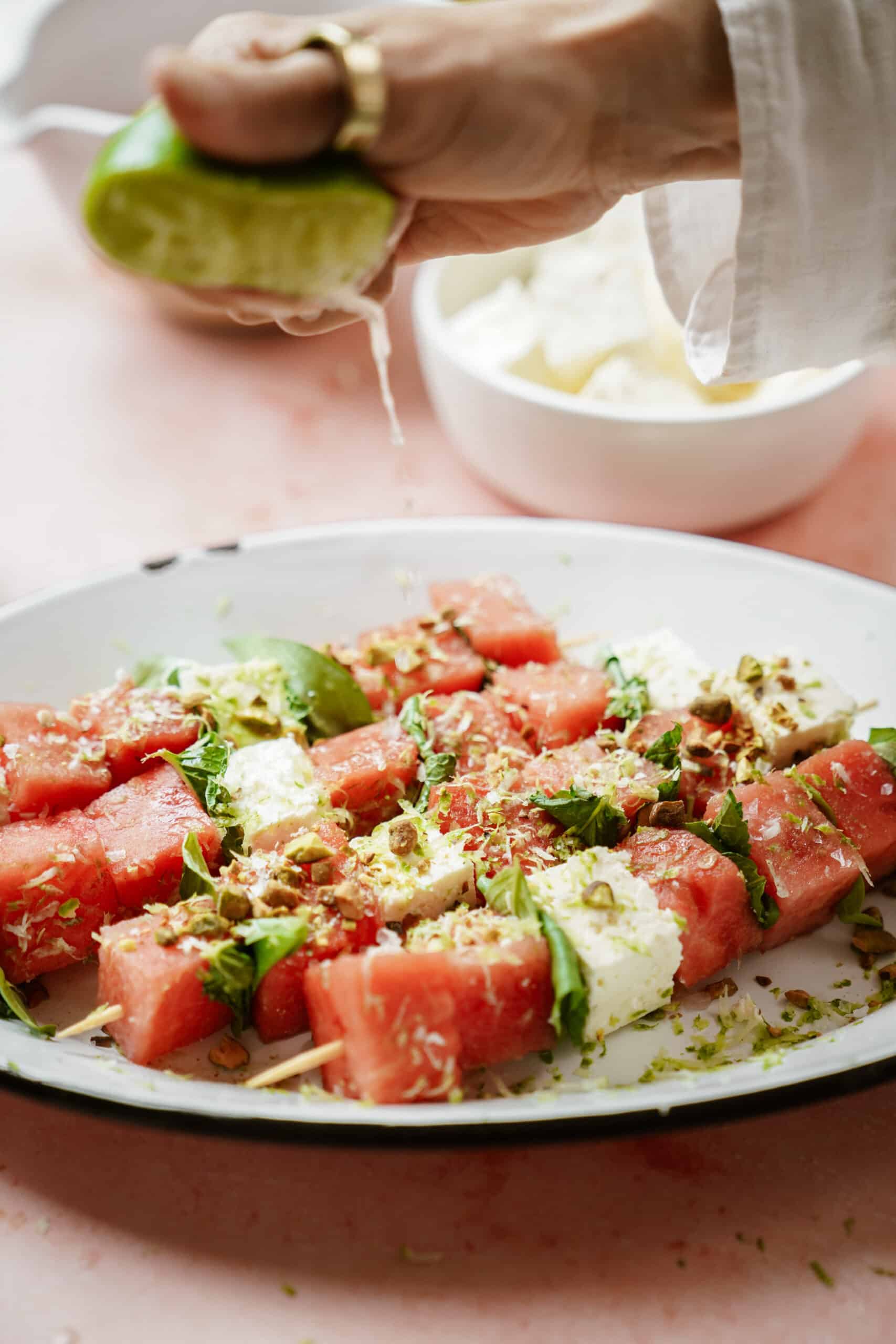
Embrace the seasons like the Greeks do by eating seasonally. Mediterranean cuisine is all about using fresh, seasonal ingredients at their peak. For example, in winter, Greeks enjoy bright citrus and hearty greens, while summer brings tomatoes, zucchini, eggplant, watermelon, and grapes. By eating seasonally, you get produce with the best flavor, and they’re packed with nutrients (bonus points for them being at their cheapest too). It’s a delicious way to connect with nature’s rhythm and spice things up in the kitchen throughout each season of the year.

Why Seasonal Eating is the Greek Secret to Flavor, Budget & Longevity
There are so many reasons why eating seasonally is good for you. For starters, it fits perfectly with the Blue Zone Diet. Blue Zones are areas in the world where people live the longest, and the longevity is often connected to their lifestyles and diets. They prioritize veggie-forward meals, limit meat consumption, and avoid processed foods. This diet lends itself well to eating within season. Veggies are cheaper than meat, and are so good for you.
Outside of that, by eating seasonally, you are purchasing products that likely didn’t have to travel overseas to get to you. By purchasing in-season foods, you’re contributing to your local farmers and economy, and reducing your carbon footprint. Not only is this way of eating good for you, but it’s also good for your city and planet.
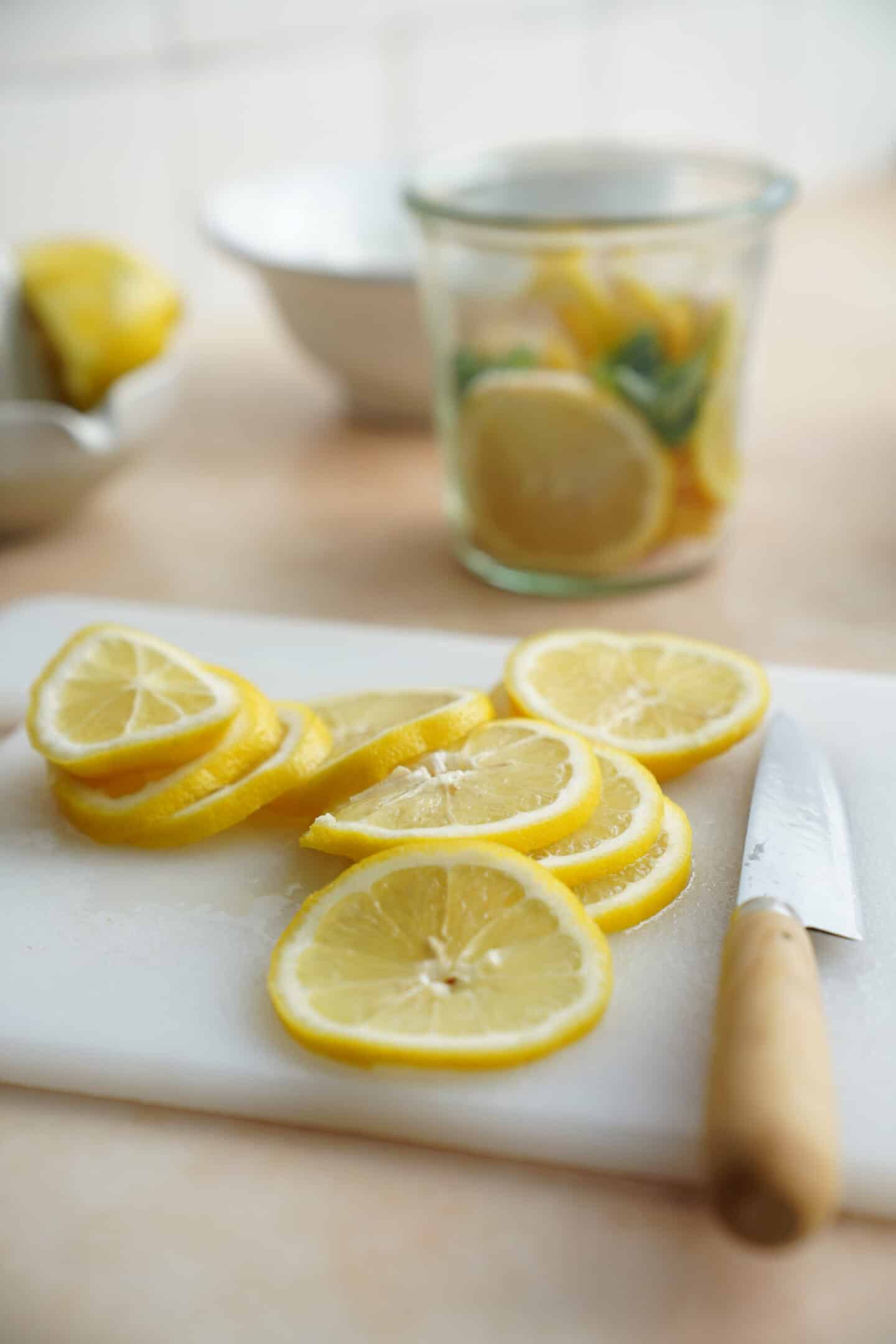
SPRING AWAKENING 🌼
What’s Fresh in a Greek Spring?
- Artichokes
- Wild Greens
- Peas
- Asparagus
- Leeks
- Lemons
Recipes to Celebrate Spring
Farmer-Market Hacks
- Vibrant Colors: Look for produce with bright, natural colours. Dullness can indicate age.
- Firmness: Most vegetables and fruits should be firm to the touch, not mushy or overly soft.
- Herb Storage: Store fresh herbs in a jar with water like a bouquet of flowers to help them last longer.
- Ask Questions: Ask the vendors where they grow their produce and if they are organic.
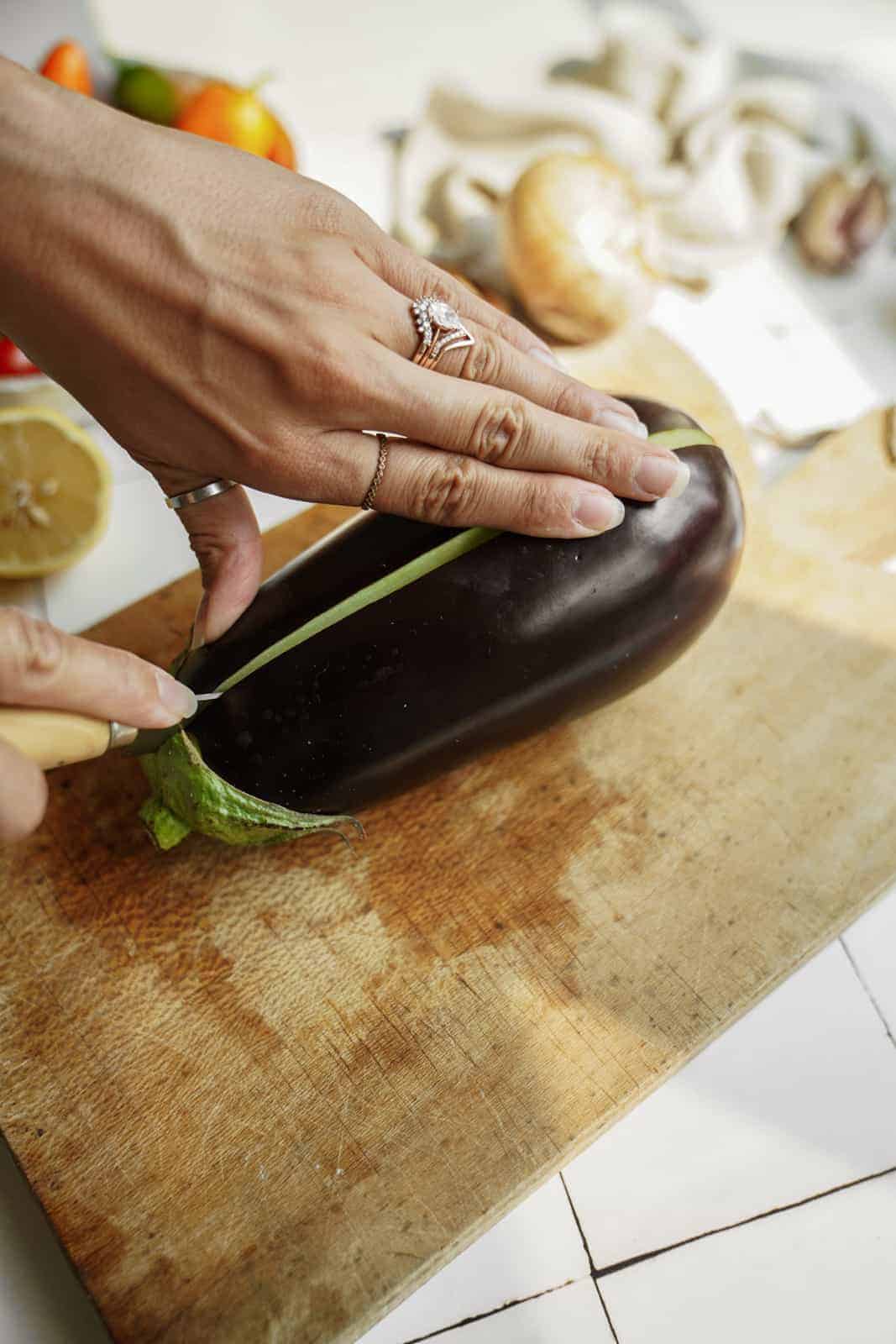
SUMMER BOUNTY ☀️
Sunshine Produce That Is In Season
- Vine tomatoes
- Cucumbers
- Peppers
- Eggplant
- Zucchini
- Okra
- Watermelon
- Berries
Heat-Wave Heroes: Summer Recipes
No-Cook Tips
Cooking in the summer can be annoying and hot, but there are so many ways you can make delicious, nutritious meals and snacks that involve no cooking at all. Here are some ideas for a no-cook summer:
- Salads: Use leftover chicken or seafood to amp up the protein value and make them more satisfying. Alternatively, lean on canned beans or lentils.
- Dips: There are so many easy dips you can make that involve just a food processor to whip them together. Try my Spicy Feta Dip or Greek Fish Roe Dip.
- Mezze: Mezze are like the Greek charcuterie board. Layered with different snacks like cut-up veggies, pickled veggies, dips, crackers, olives, and all that good stuff. Build a snack board for a meal instead of cooking for a fun, no-cook meal idea.
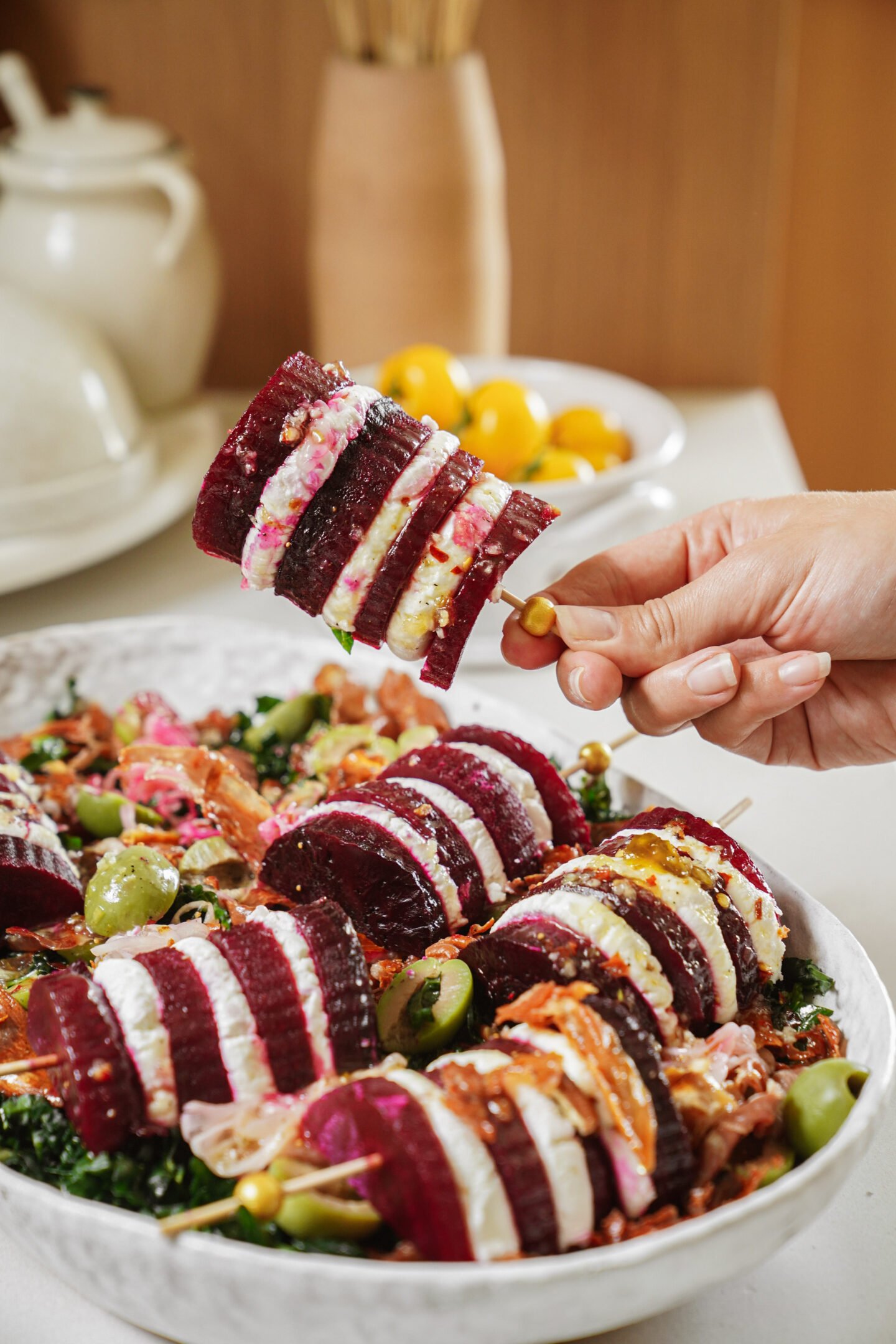
AUTUMN COMFORT 🍂
Harvest Highlights
- Pumpkin
- Butternut squash
- Beets
- Sweet potatoes
- Lentils
- Wild mushrooms
Cozy Recipes For Fall
Preserving the Harvest
Before you head into the winter weather, there are some easy ways you can preserve your delicious fall harvest to enjoy it all winter long. Here are some ideas:
- Oven-dry your tomatoes for sundried tomatoes to use in pastas and salads
- Freeze herbs in ice cube trays with olive oil to easily have herbs to throw into soups, stews, and other cooking
- Quick pickle hardy veggies like beets, carrots, green beans, asparagus, onions, and more. Here’s my guide on quick pickling to help get you started
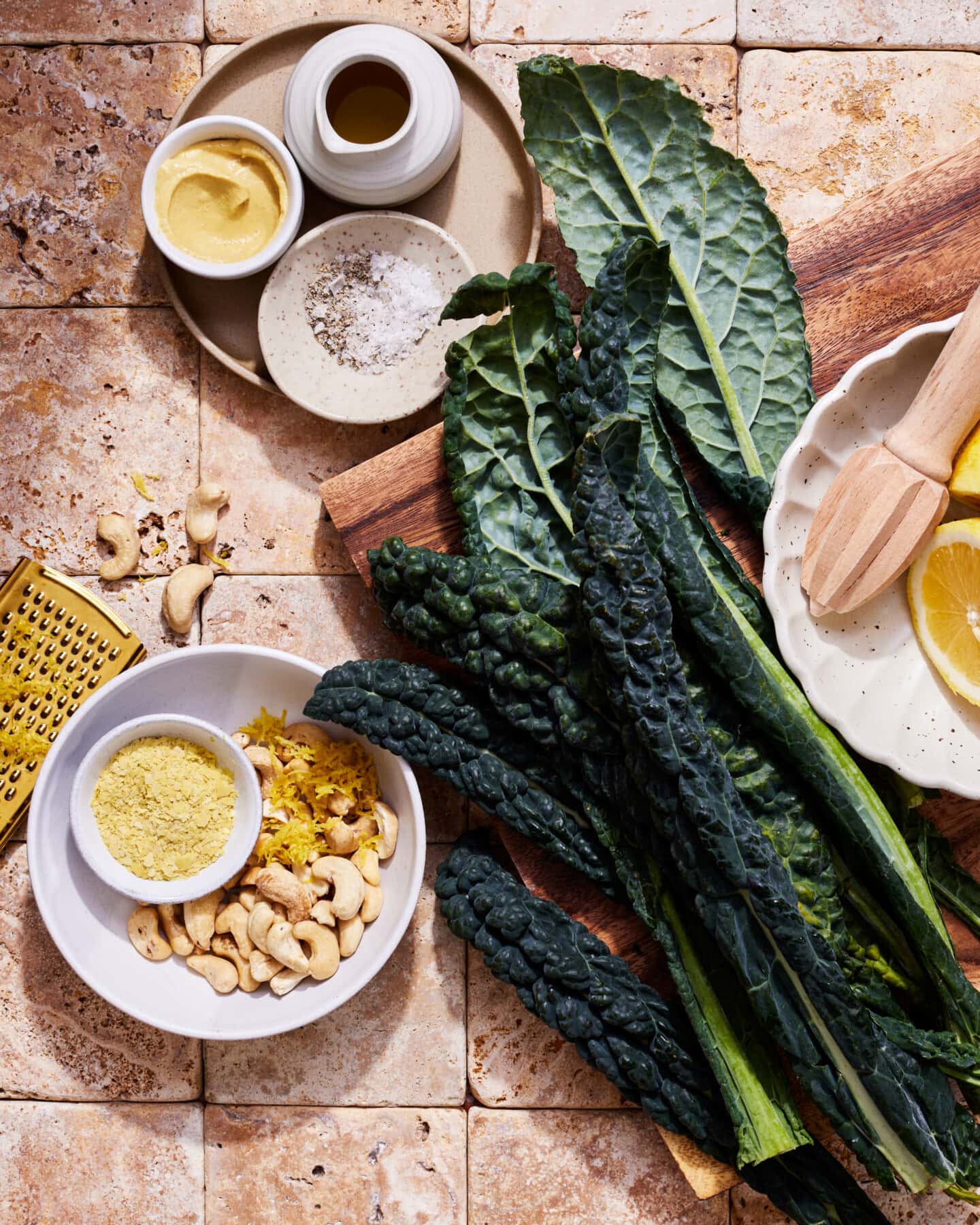
WINTER WARMERS 🔥
Cold-Season Produce & Pantry Stars
- Citrus
- Hardy greens
- Root vegetables
- Legumes
- Rice
- Orzo
Soul-Hugging Soups & Stews
Stay Cozy, Stay Budget-Smart
In the winter, all you want to do is stay inside and have food that warms your soul. Some ways to make winter meal planning and prep easier are:
- If you’re not using canned beans then batch cook them and keep them on hand in your fridge or even freeze them
- Use citrus zest or juice to add brightness and flavor to your dishes
- Meal prep big batches of soups and stews to keep in your freezer for the lazy nights
- Batch-cook beans, use citrus zest for bright flavor pops, stash soup in freezer portions for lazy nights.
How to Shop Seasonal—Wherever You Live
Shopping seasonally can look different to everyone, depending on where they live. Many towns have farmers’ markets during the warmer months, but if you live in places with cold winters, you likely won’t see farmers’ markets to shop at. In this case, or if you don’t live near a market, the biggest thing you can do is check labels at your grocery store. Look for products and ingredients that are made in or close to where you live. It’s not always possible to shop everything locally, but by making a conscious effort to pay closer attention to where products come from, that’s a great start!
FAQ
Make sure you buy extra virgin olive oil that comes from Greece. The ingredient list should be simple; all it should have is “olives” as the one and only ingredient.
Meat can be expensive, but beans and lentils are very budget-friendly and packed with both nutrients and protein.
Not all veggies are the same, but generally, store them in a cool, dark place or fridge. Veggies like cucumber benefit from being in the crisper drawer in your fridge. Veggies like potatoes or onions can stay in a cool, dark place. Make sure to ask your local vendor at the farmers’ market what the best way is to store their products.
Shop at stores that are locally owned vs. large chains. You can also shop locally, even within larger chains by looking at where the products are made or imported from.








